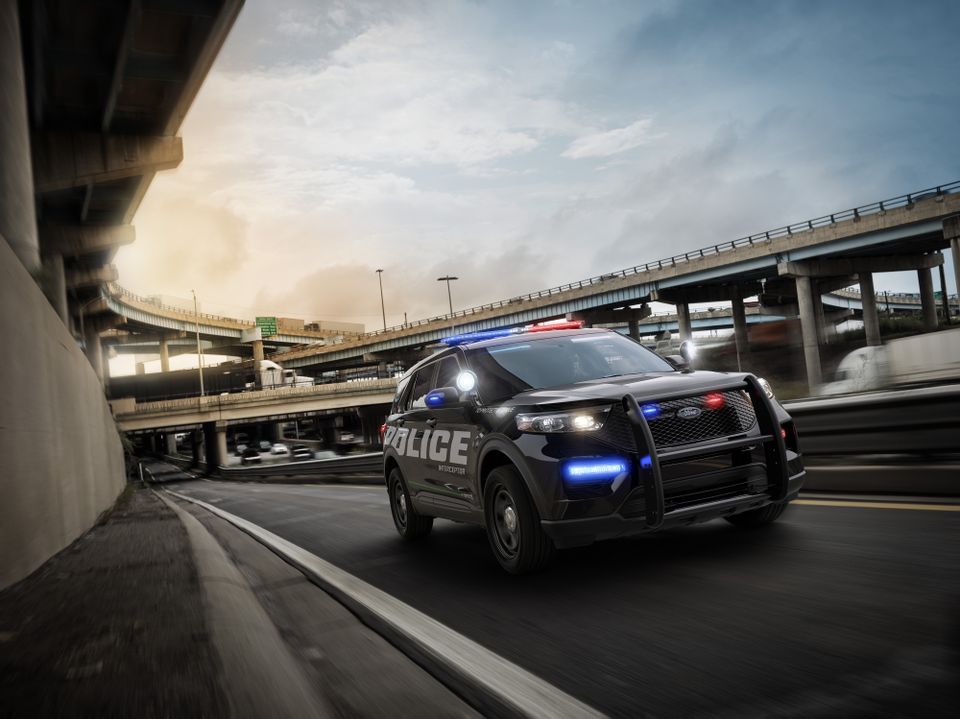Speed and safety are integral when it comes to police vehicles. The latest addition to the Ford Motor Company lineup, the 2020 Police Interceptor Utility includes a variety of features to keep officers safe, yet effective, and with some cost-saving opportunities to make taxpayers happy.
One of the new model’s most exciting improvements is the option of a standard hybrid powertrain. Police cars often sit idle with the engine running in order to power radios, lights, computers, and other necessary equipment. That adds up to a lot of fuel wasted. The hybrid would allow those tools to be powered by the lithium-ion battery instead. Ford estimates that the hybrid version will save departments, and consequently taxpayers, from $3,500 to $5,700 per year per vehicle in fuel costs.
“Our Police Interceptor Utility’s standard hybrid powertrain provides the potential for significant fuel savings with improved performance and no tradeoffs in safety or interior passenger or cargo space,” said Stephen Tyler, Ford police brand marketing manager. “It’s a win-win formula for law enforcement.”
In testing by the Michigan State Police, who test all new police vehicles, the new Police Interceptor Utility had the fastest 0-100 miles per hour acceleration time, the fastest lap around the test track, fastest average lap, and the highest top speed at 137 mph, against other police utility vehicles. The only faster entry was Ford’s alternative that is powered by a 3-liter Eco-Boost engine.
Vehicles in the Ford police lineup also contain these additional features to help keep officers safe.
- A factory-installed Police Perimeter Alert system. Using sensors that monitor an approximately 270-degree area around the vehicle, the system monitors motion to detect potentially dangerous situations. When motion is detected, the system automatically turns on a rear camera, sounds a chime, rolls up windows, and locks the doors.
- A modem and two-year subscription to a Ford service that enables timely feedback of the vehicle’s usage and location.
- Pre-collision assistance technology, which may be disabled with a switch when necessary. When on, the technology institutes automatic emergency braking in association with pedestrian-detection and collision warning.
In 1950, Ford became the first manufacturer to offer a car specifically designed for police use. By 2017, the company was responsible for 65 percent of all police vehicles sold in the United States.







Leave A Comment
You must be logged in to post a comment.